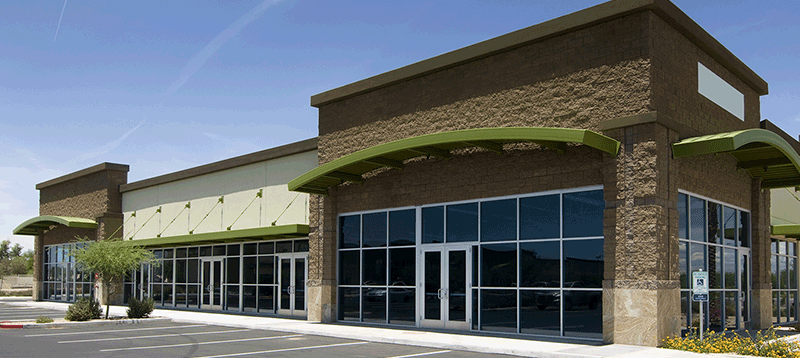See Original Upstate Business Journal Article Here
Office buildings, retail shopping centers, hotels, apartment complexes and medical office buildings all make up a part of our everyday environment, but commercial real estate has not primarily been a core component of many investors’ asset allocations.
Throughout history, there have been three primary asset classes in investing: stocks, bonds and cash. However, commercial real estate is making a strong push to earn its place as the fourth major investment class.
Commercial real estate is a very compelling investment option with its cash flow component that closely resembles a bond-like structure and an appreciation component that acts as a hedge against future inflation. There has been a significant influx of capital over the last two years in commercial real estate investments due to the current low yields on bonds and the volatile nature of the stock market as well as the increased transparency, deeper liquidity and a larger array of investment opportunities for commercial real estate assets.
As with most investments, a potential real estate investor needs to consult and obtain guidance from an advisor. However, unlike stocks and bonds, commercial real estate requires investment acumen, knowledge of local and regional market conditions, and in-depth management expertise, or the cash flow of the property can decline significantly. Those with moderate to no experience in commercial real estate are best served by working with commercial real estate investment advisors who are able to direct their clients to potential opportunities.
Our primary goal as real estate investment advisors is to focus on the investment objectives, risk tolerance and time horizon for an investor. There is no “one size fits all” approach to commercial real estate investing, as investment goals and risk appetites vary significantly among investors.
For example, individuals who are in or nearing retirement tend to focus on a more conservative approach centered on stabilized cash flow, credit tenants, longer-term leases and limited debt exposure to minimize risk.
A particular favorite among these type of investors are single-tenant retail properties, such as a Walgreens, Starbucks or McDonalds, where the operating expense burden falls mostly on the tenant and the annual return targets tend to be in the 6 to 10 percent range with moderate leverage. These properties are also a key tool in estate planning for transferring wealth to heirs.
On the other hand, younger investors who have the ability to take a longer-term approach to investing can focus on obtaining better returns and greater future appreciation. These types of investors may be willing to acquire value-add properties and focus on repositioning them over time by improving cash flow through better leasing, increased rents, reduced operating expenses or a combination of all. These value-add assets can easily deliver annual returns in the 10 to 20 percent range, but it is critical that these investors surround themselves with professionals who know the commercial real estate business.
Looking back over the last few years, it has been interesting to see how the commercial real estate investment market has improved significantly through better guidance, transparency and principles and has made a strong case for consideration as a new mainstream asset class.
So remember, the next time you are checking out at your local Walgreens, grabbing a cup of coffee at Starbucks or visiting your favorite fast-food restaurant, you not only have the option of spending your hard-earned money, but can also be earning a return on your investment while increasing your tenant’s store sales all at the same time.

